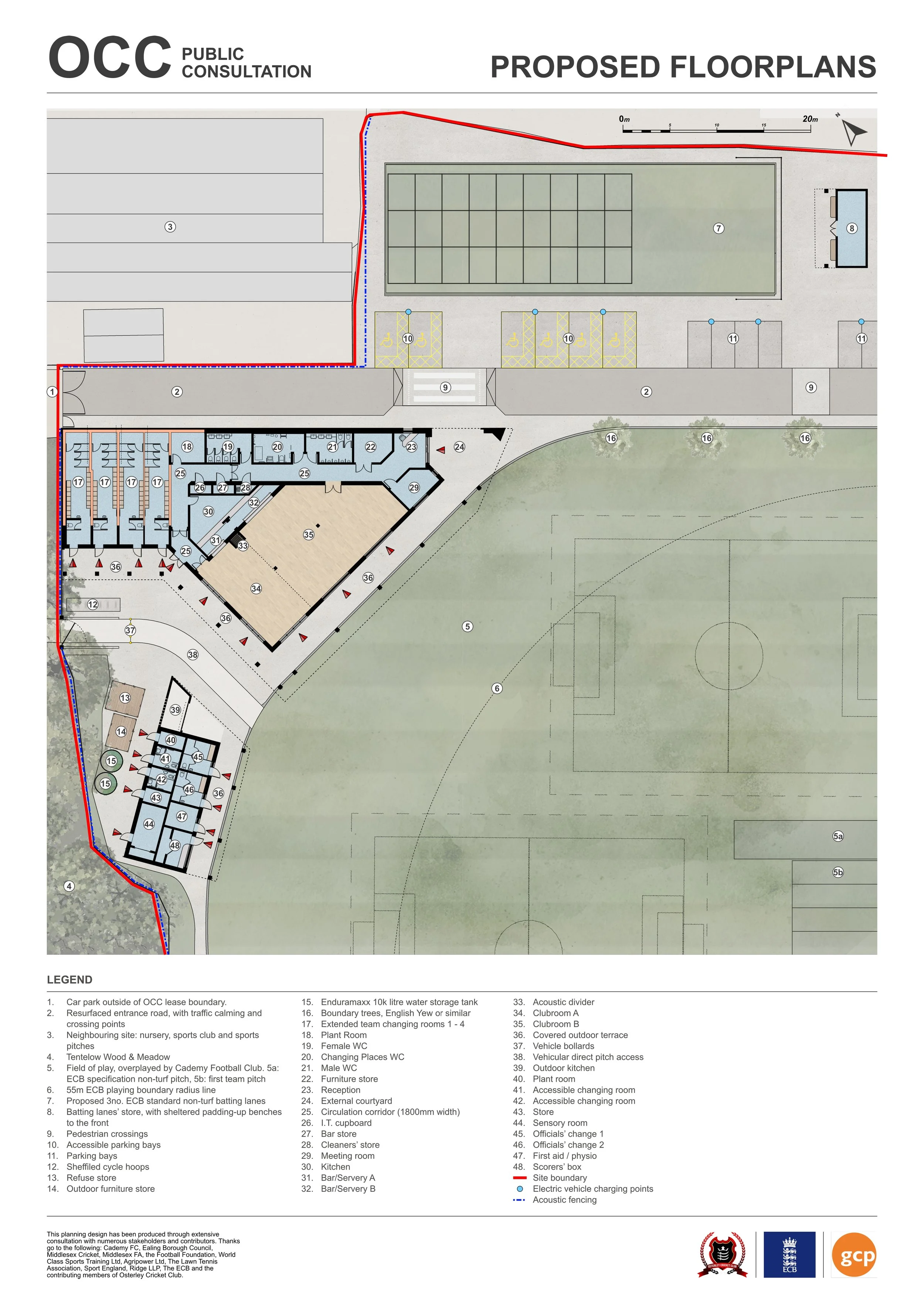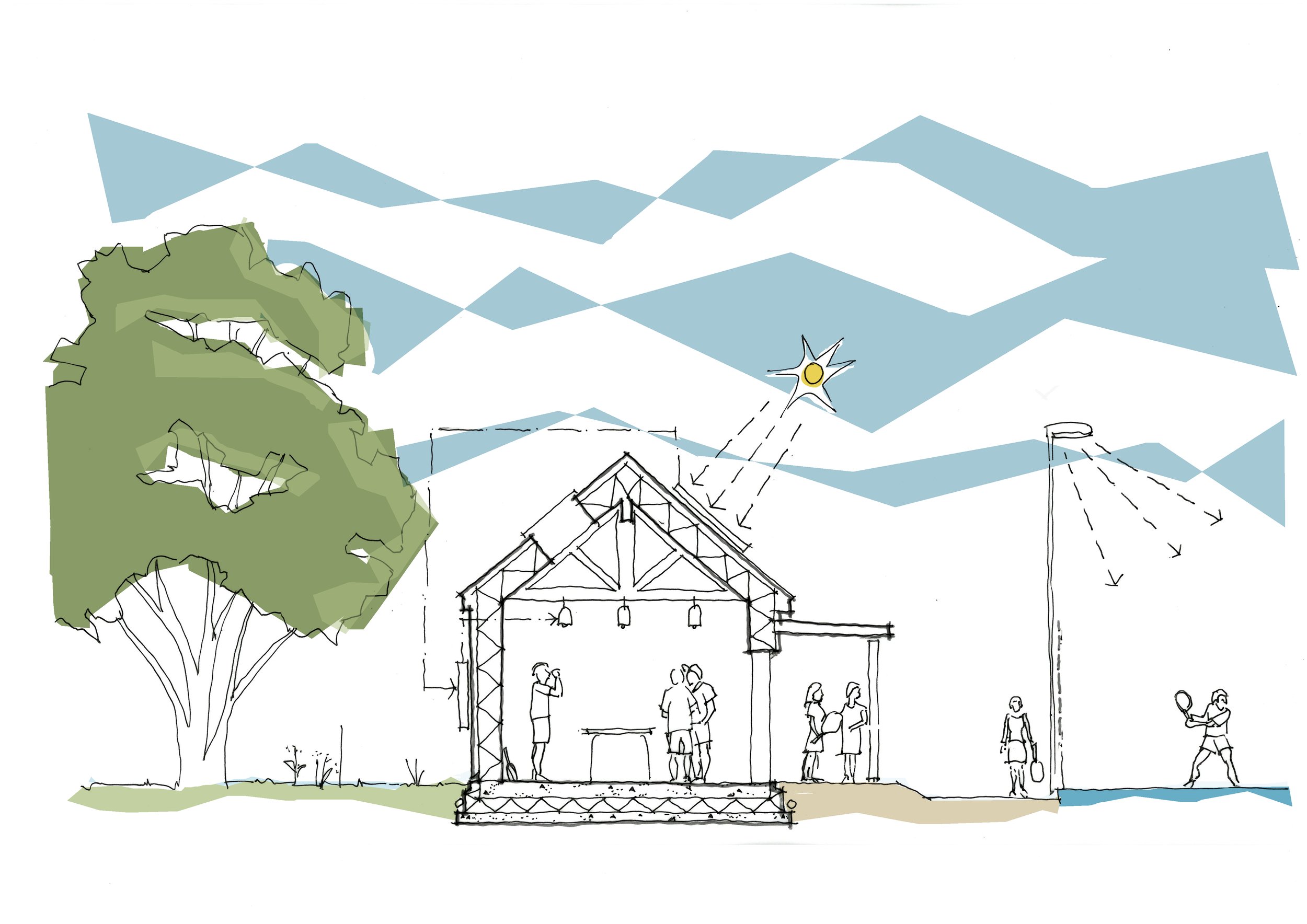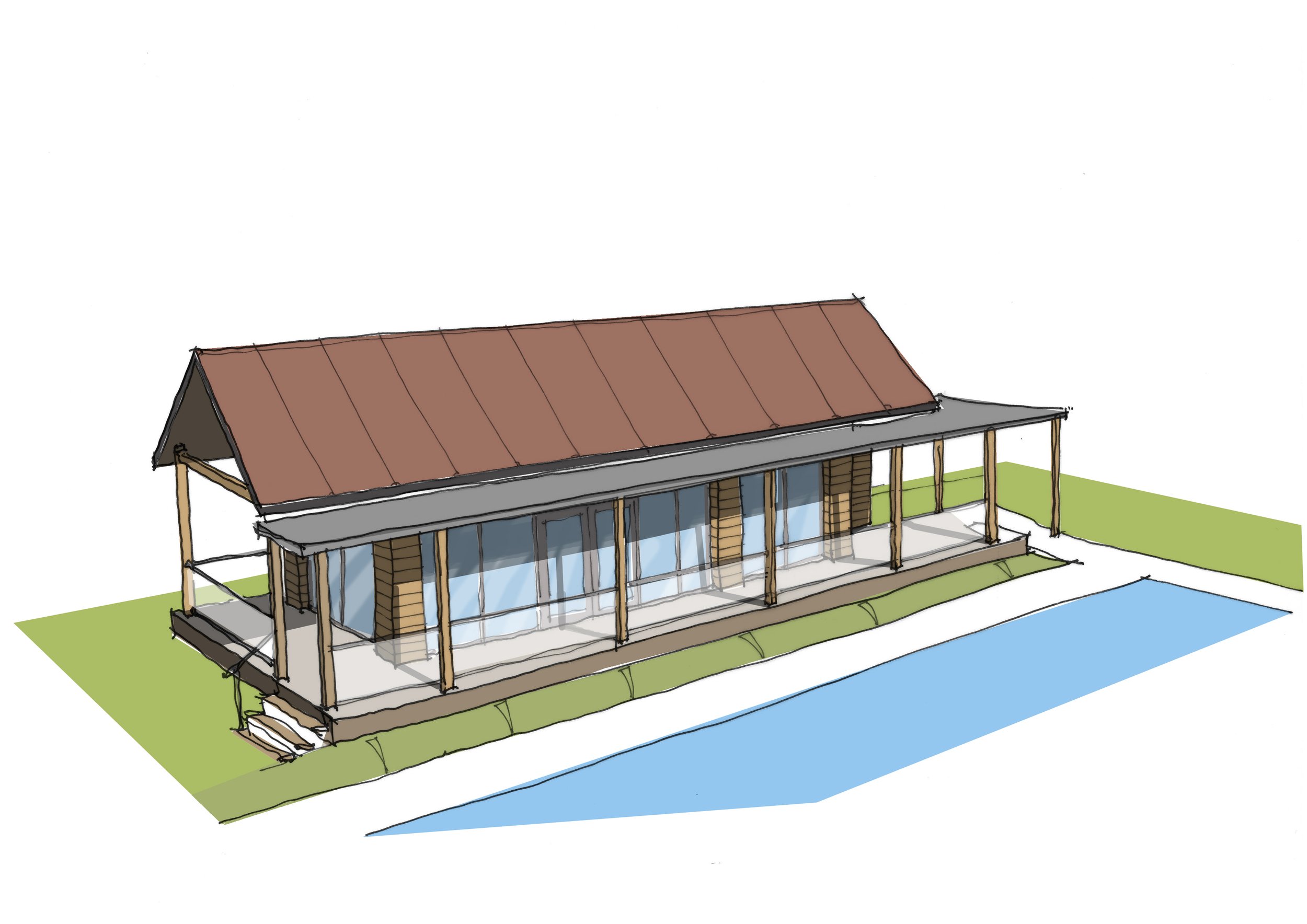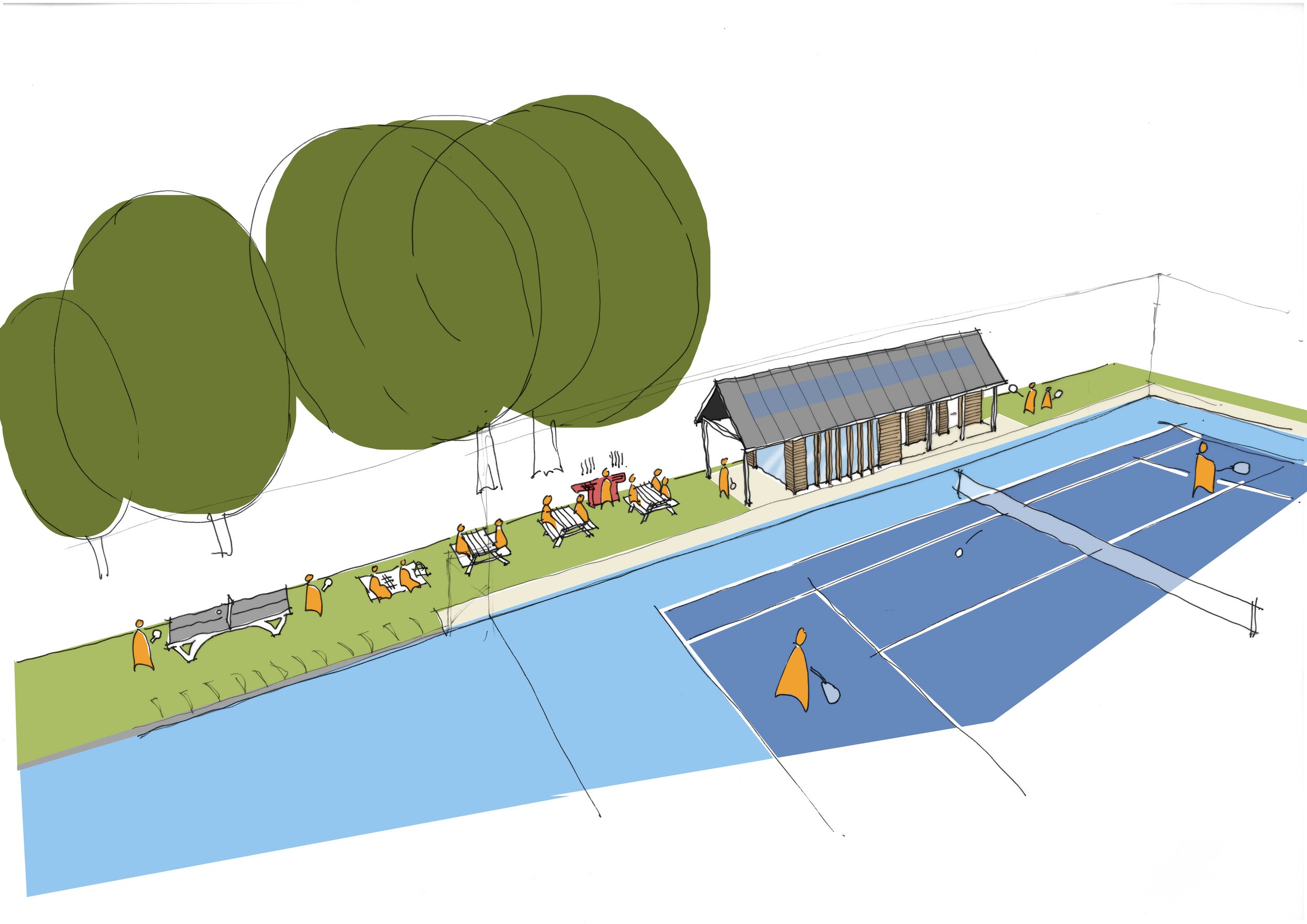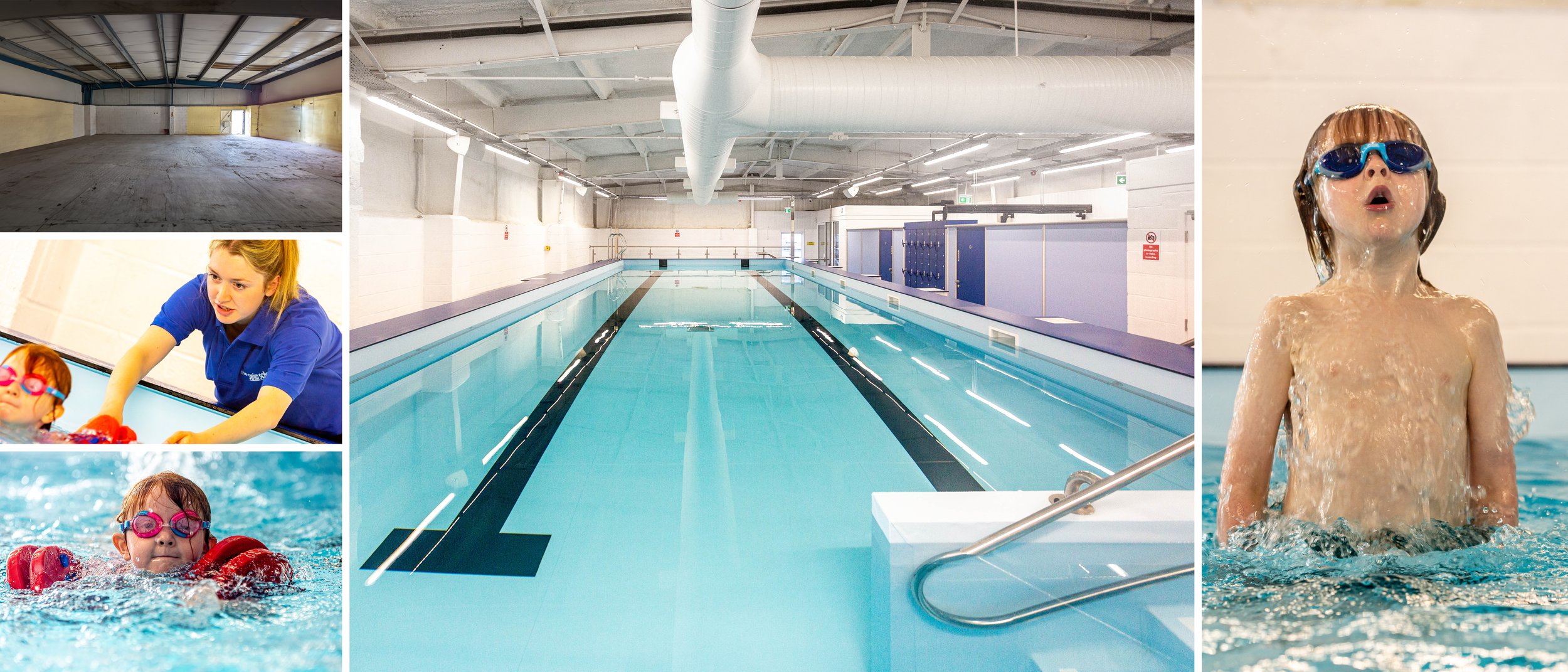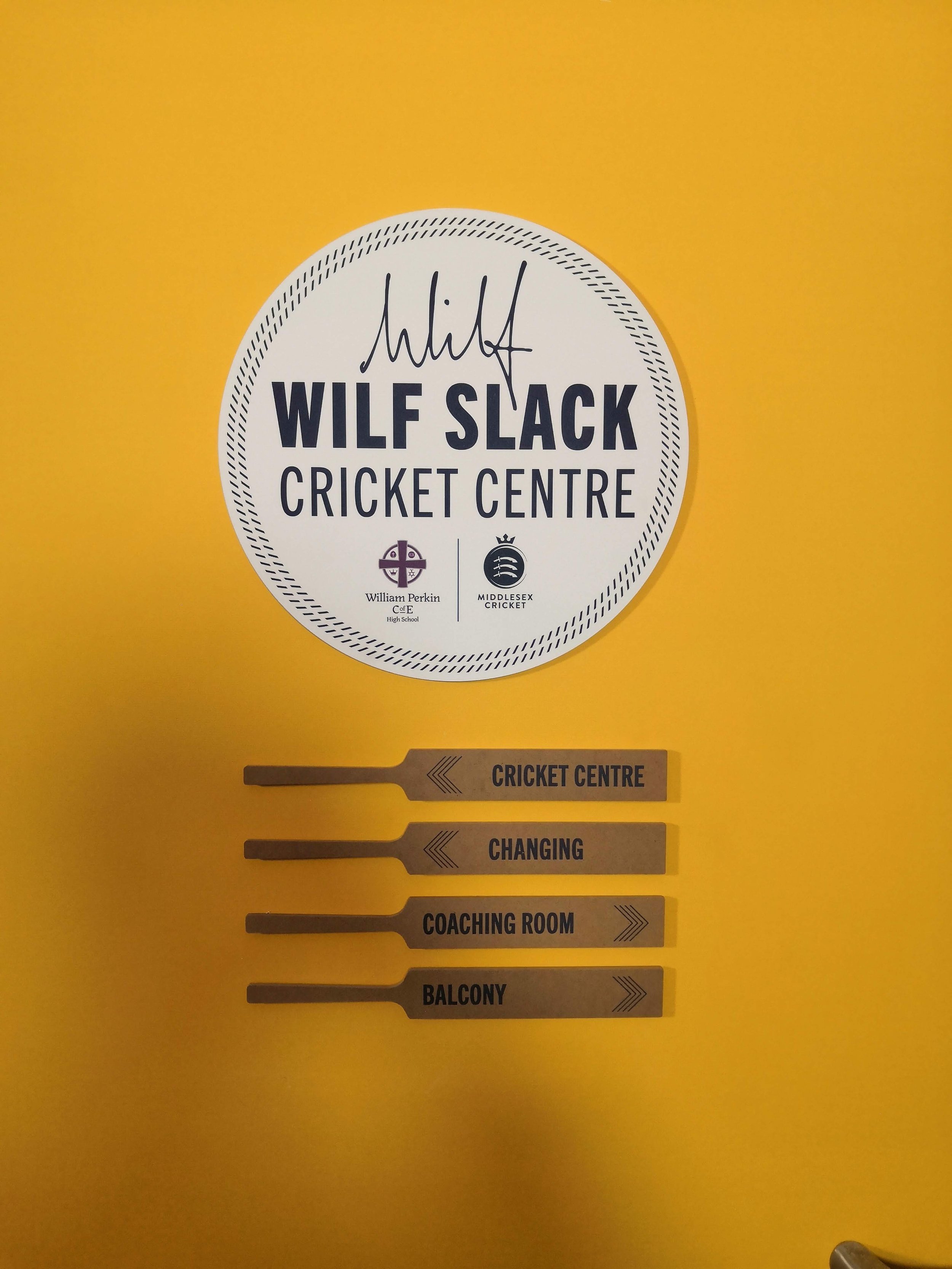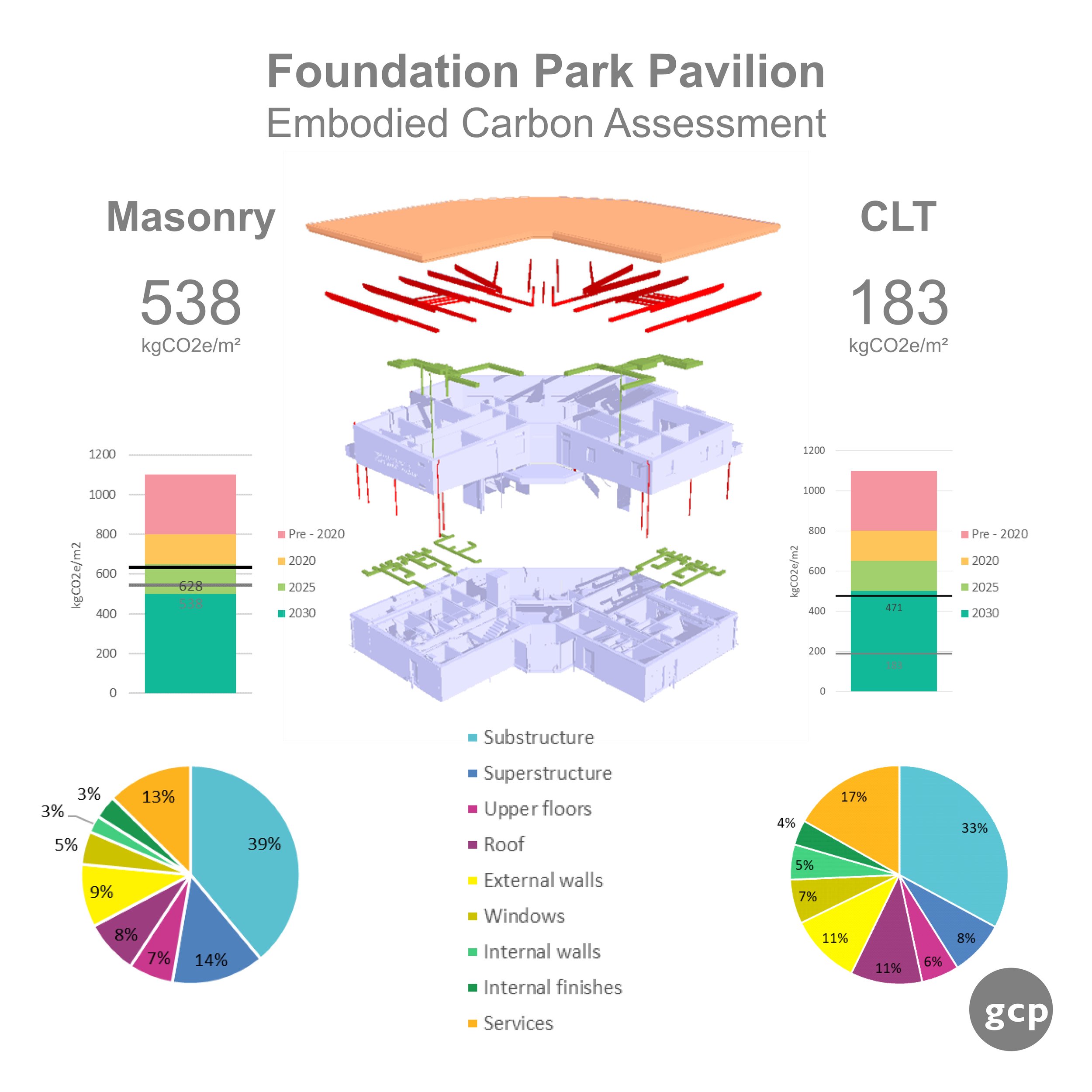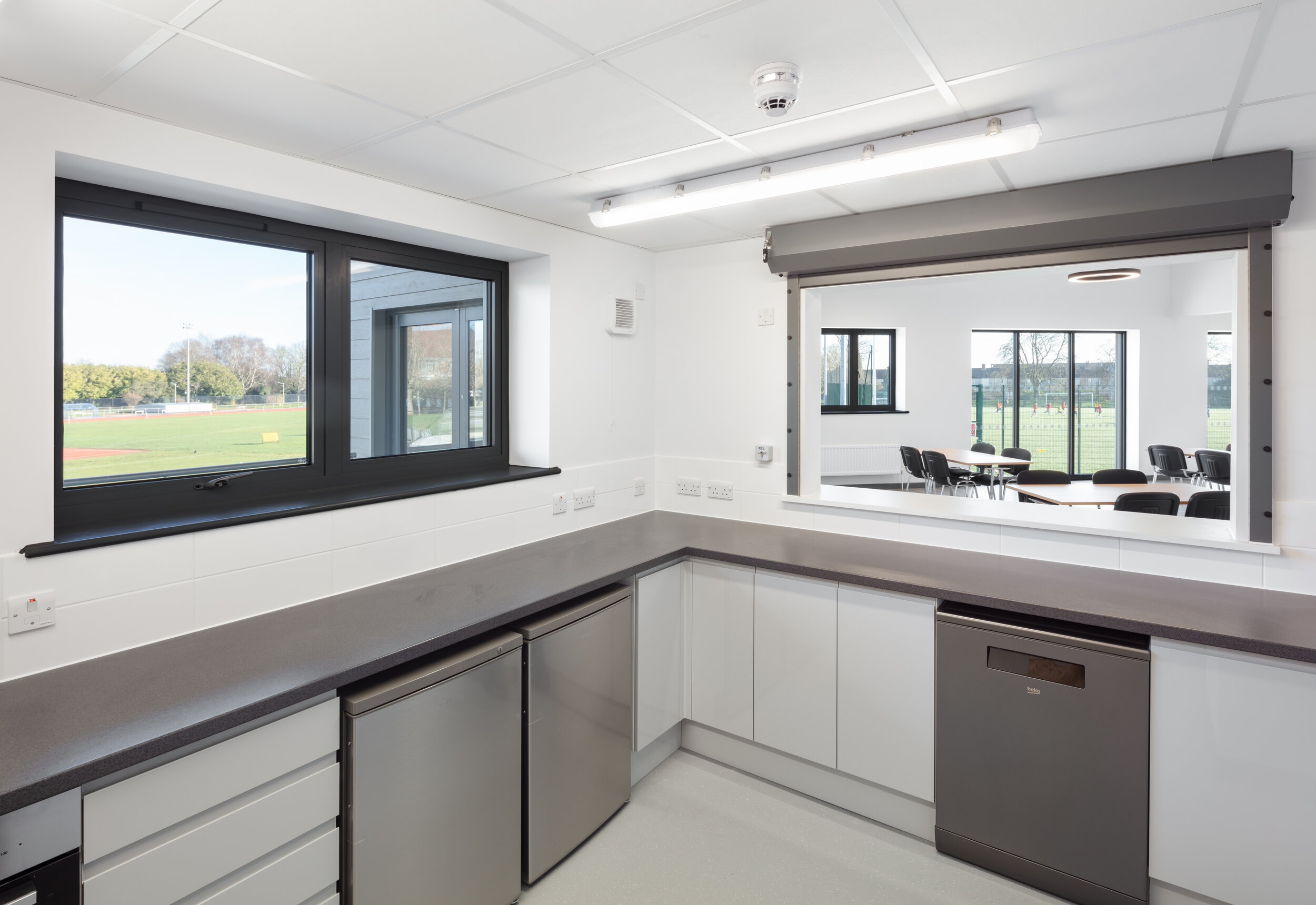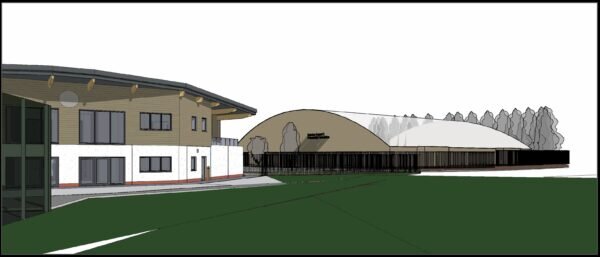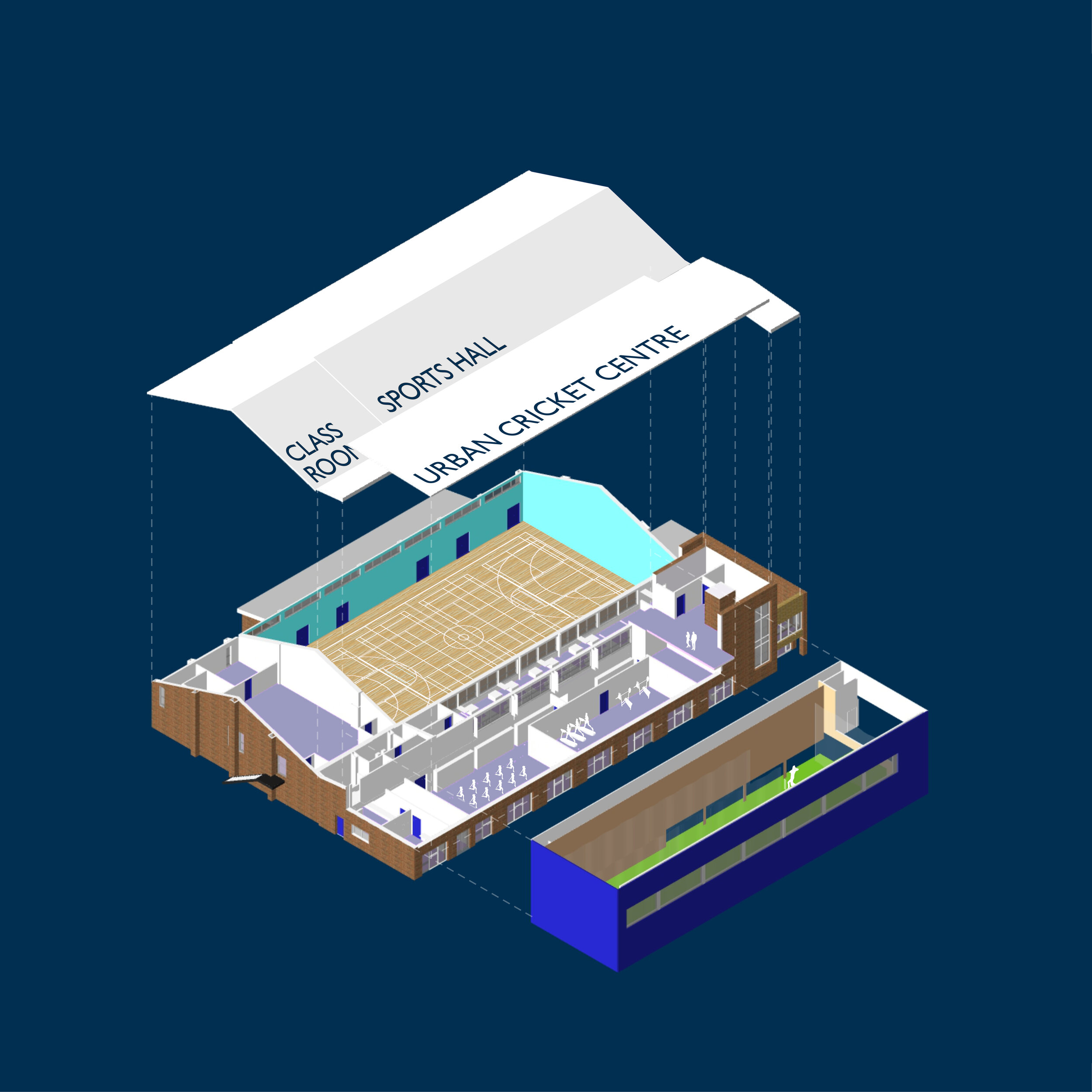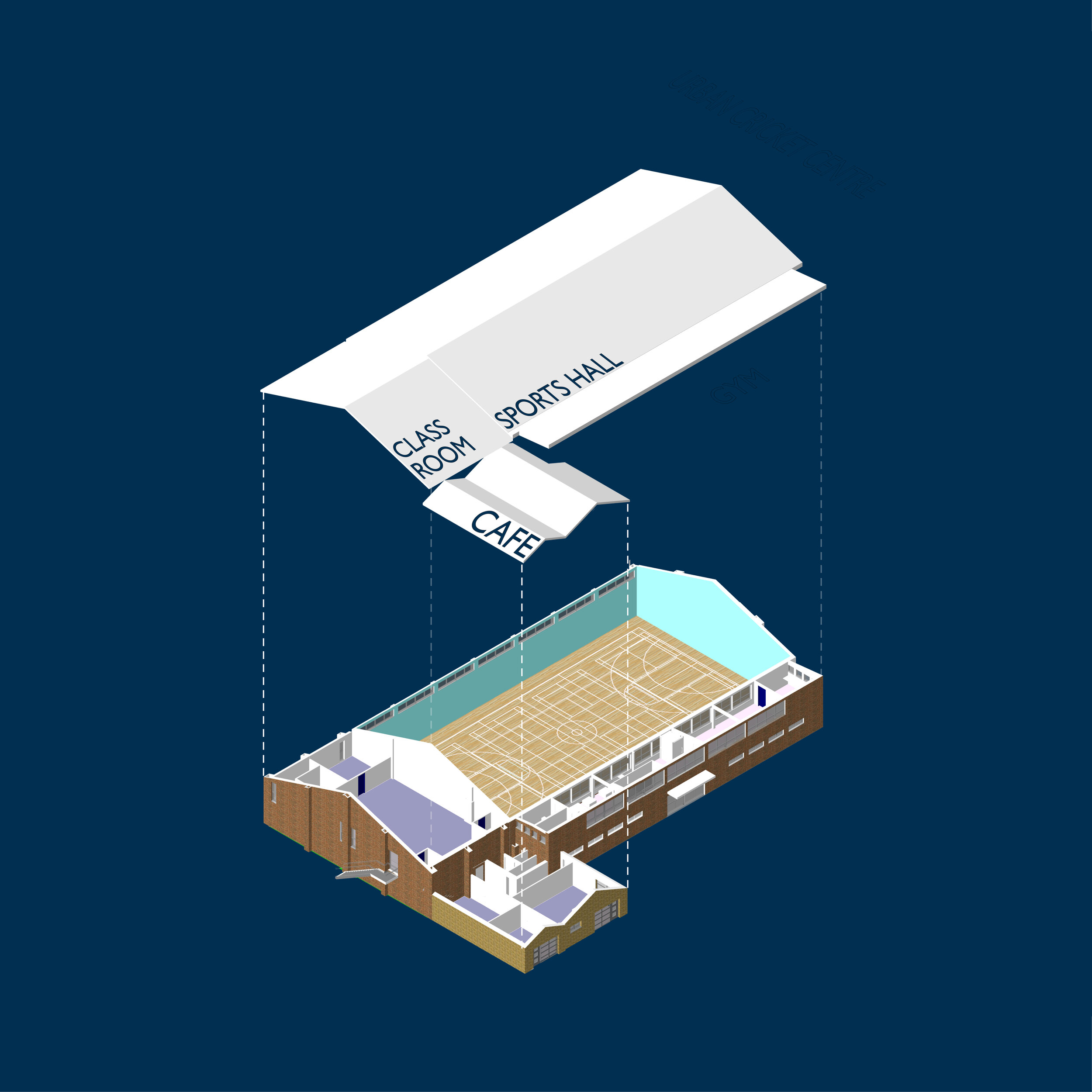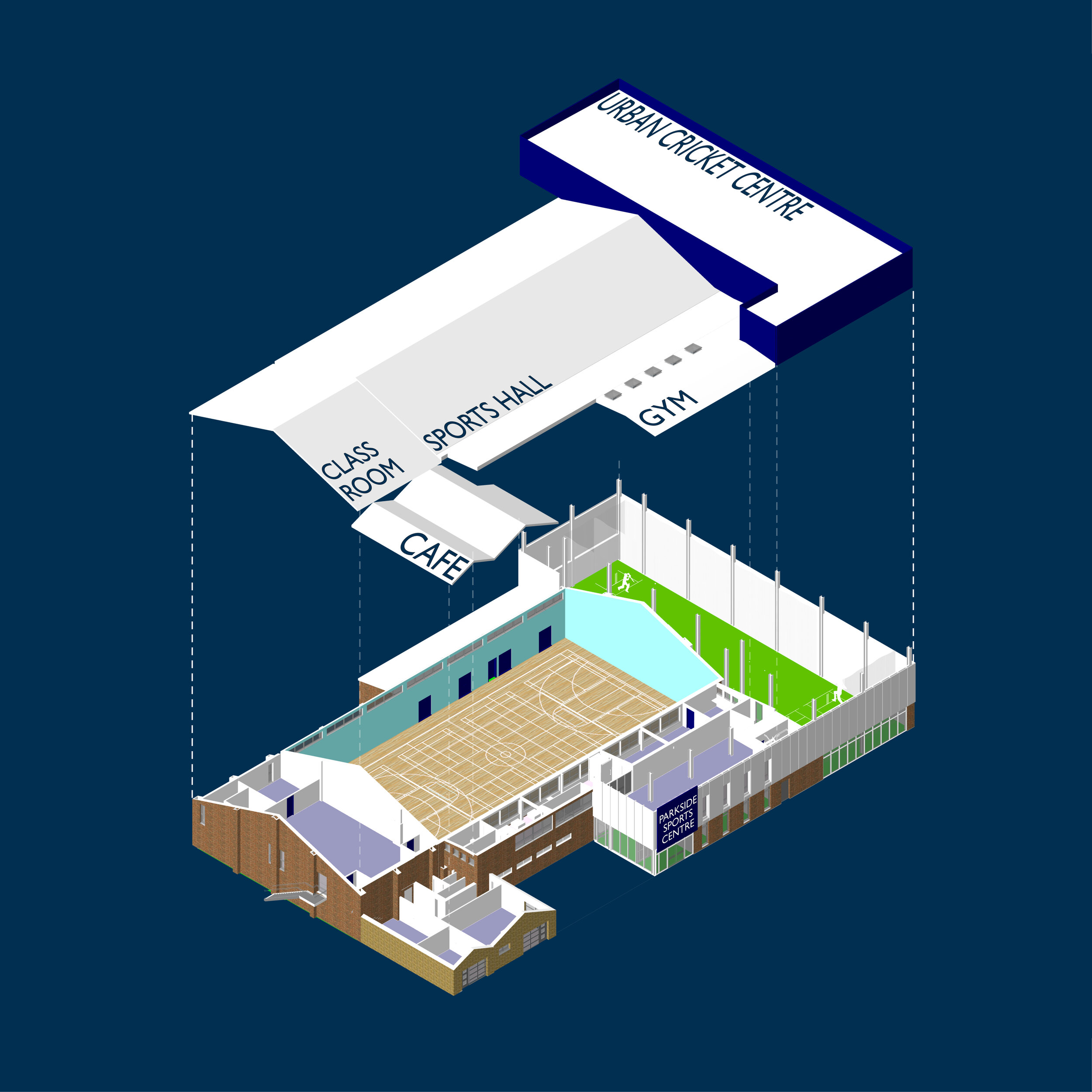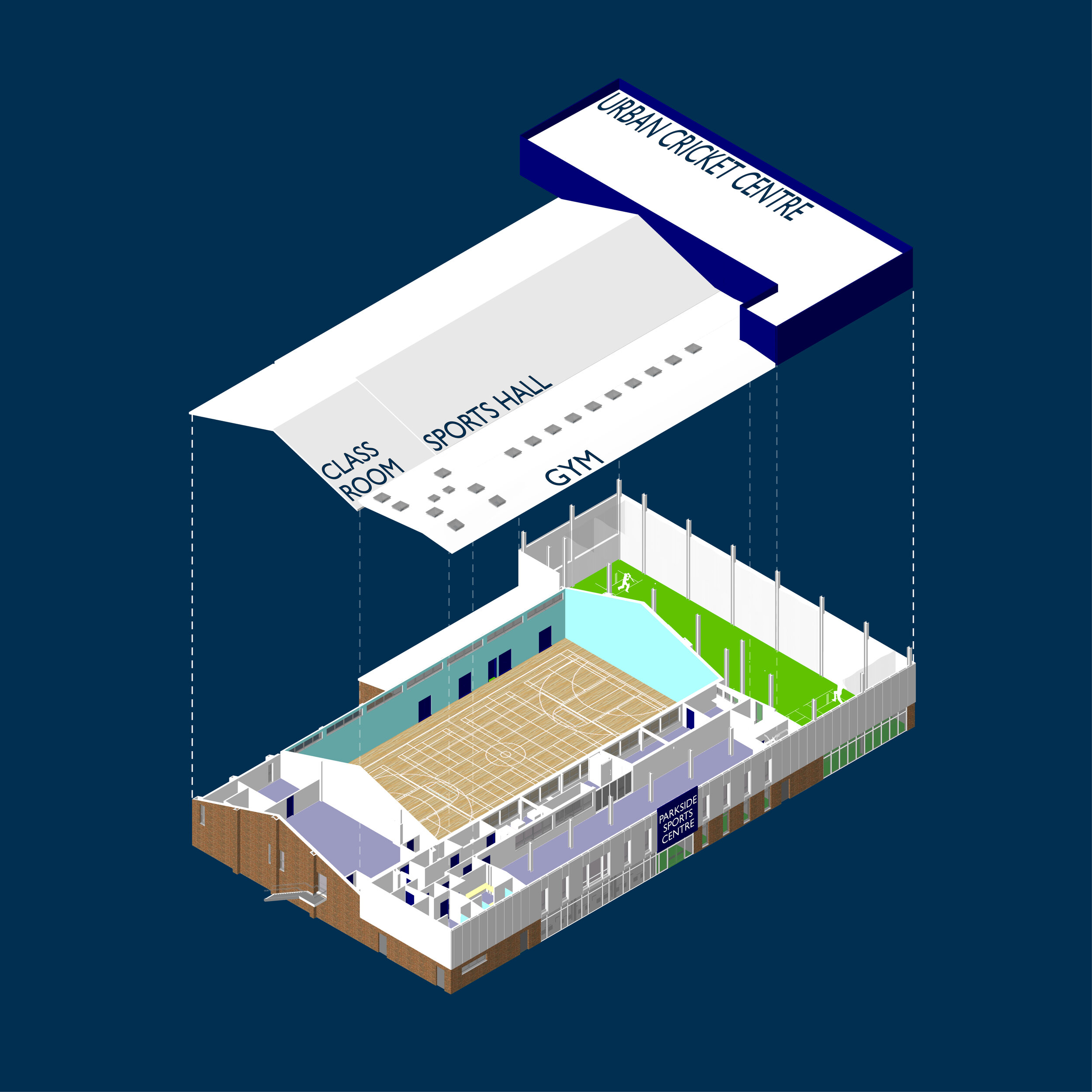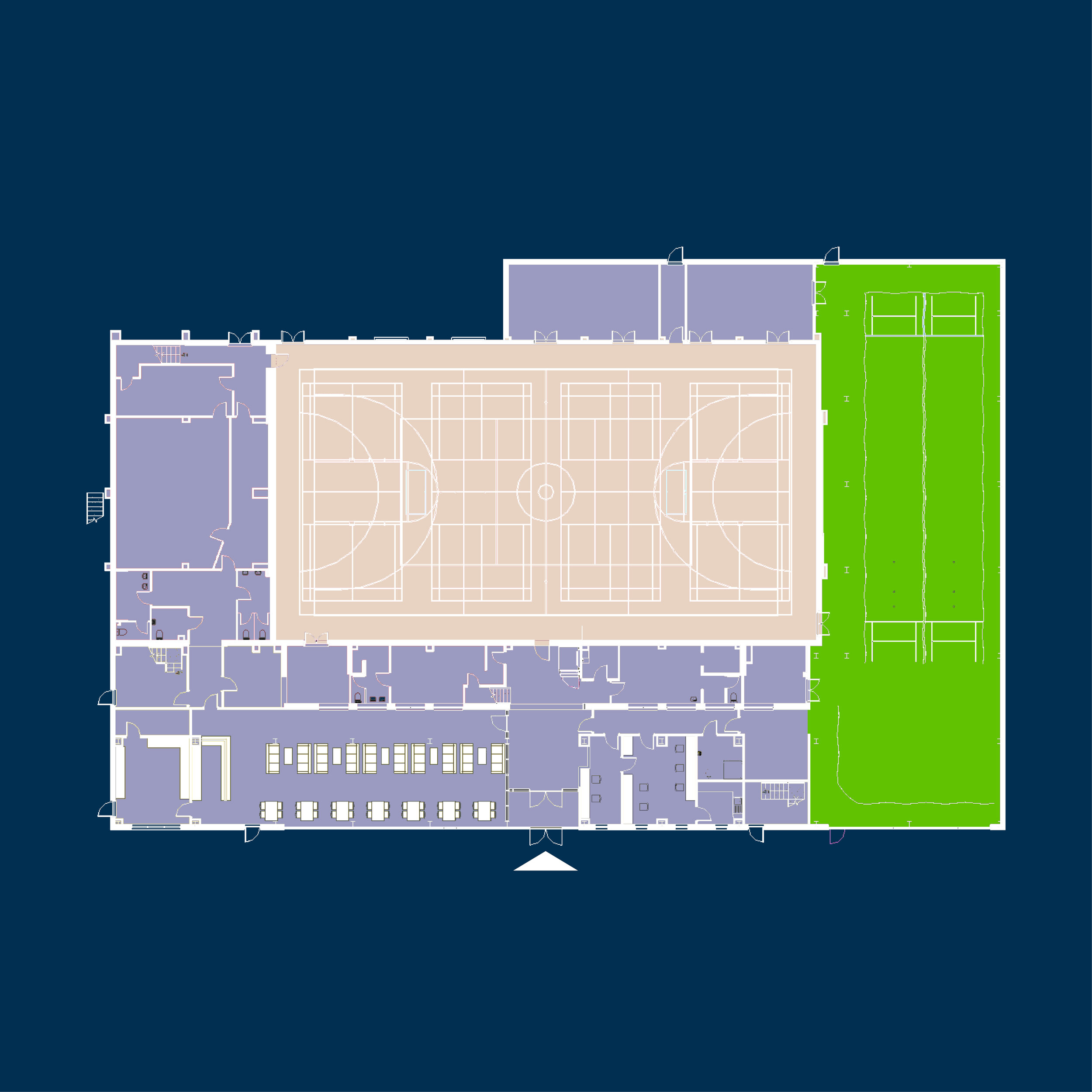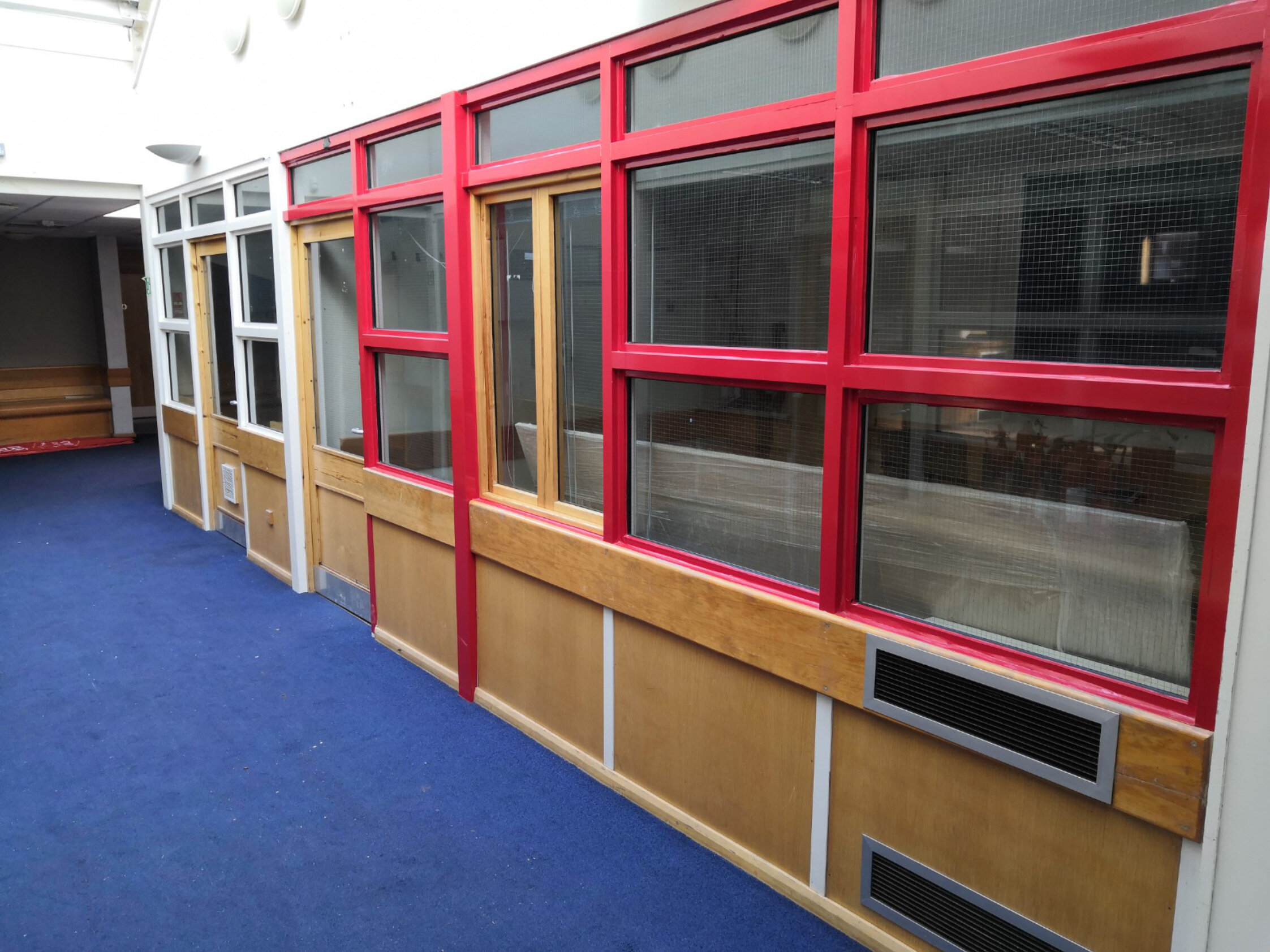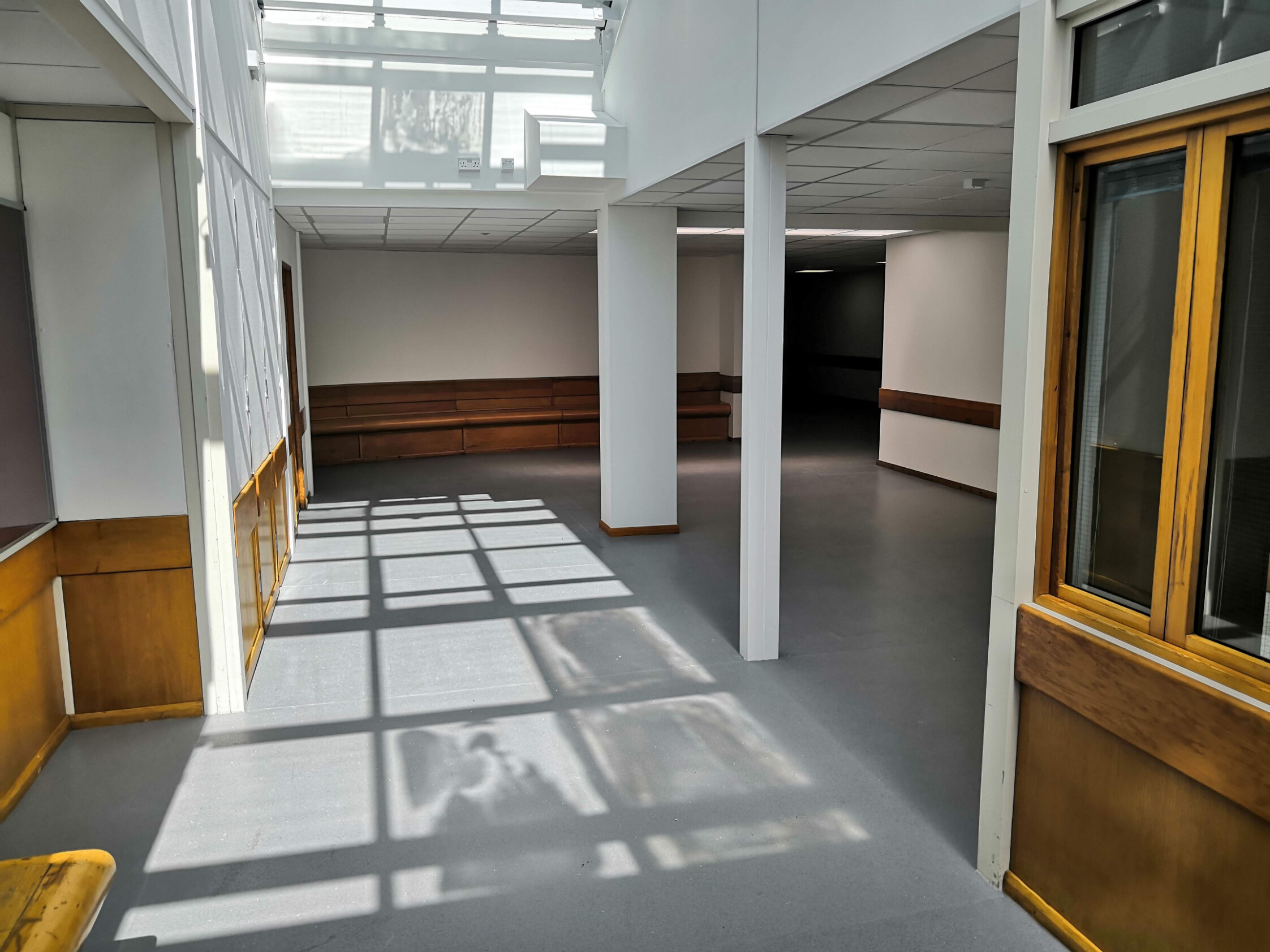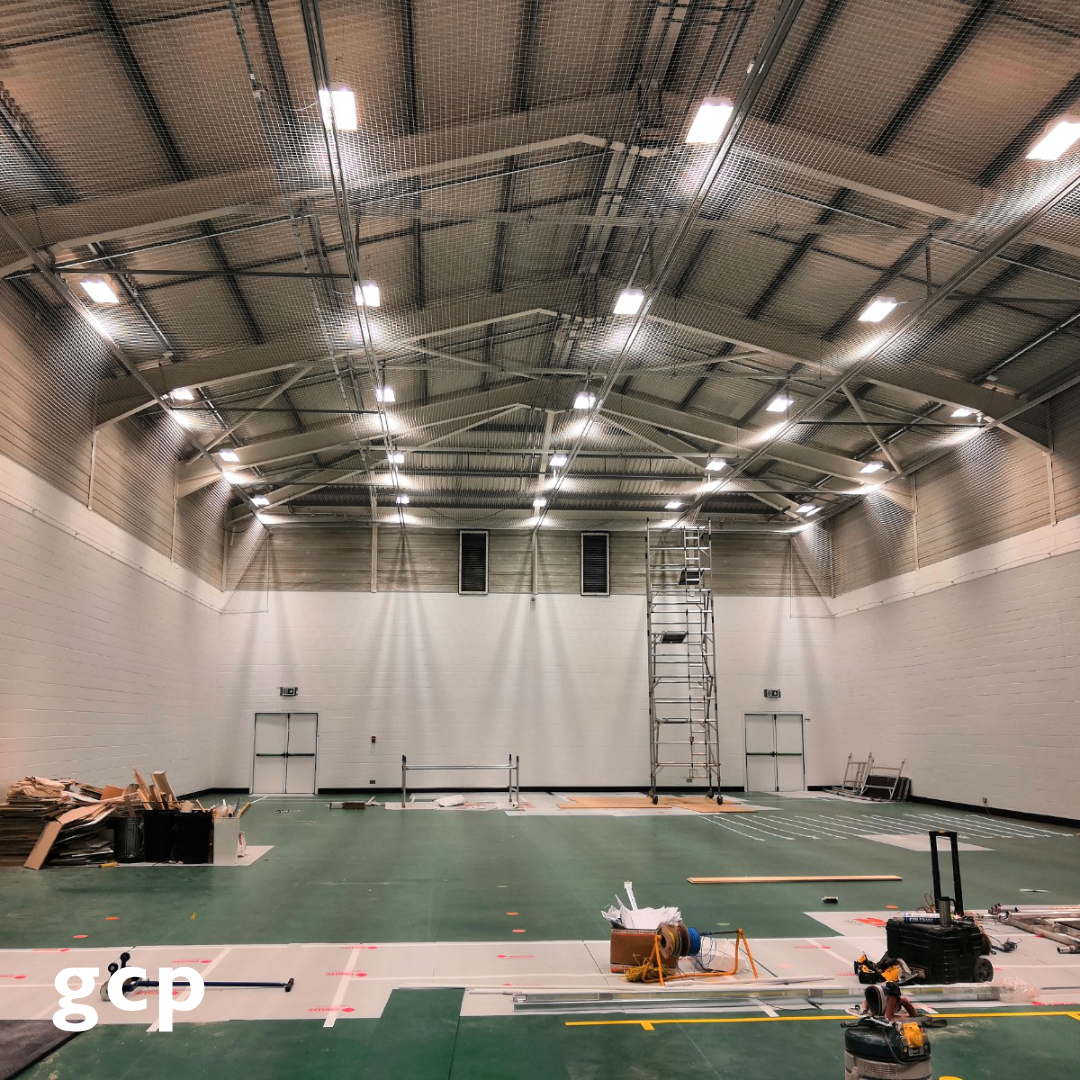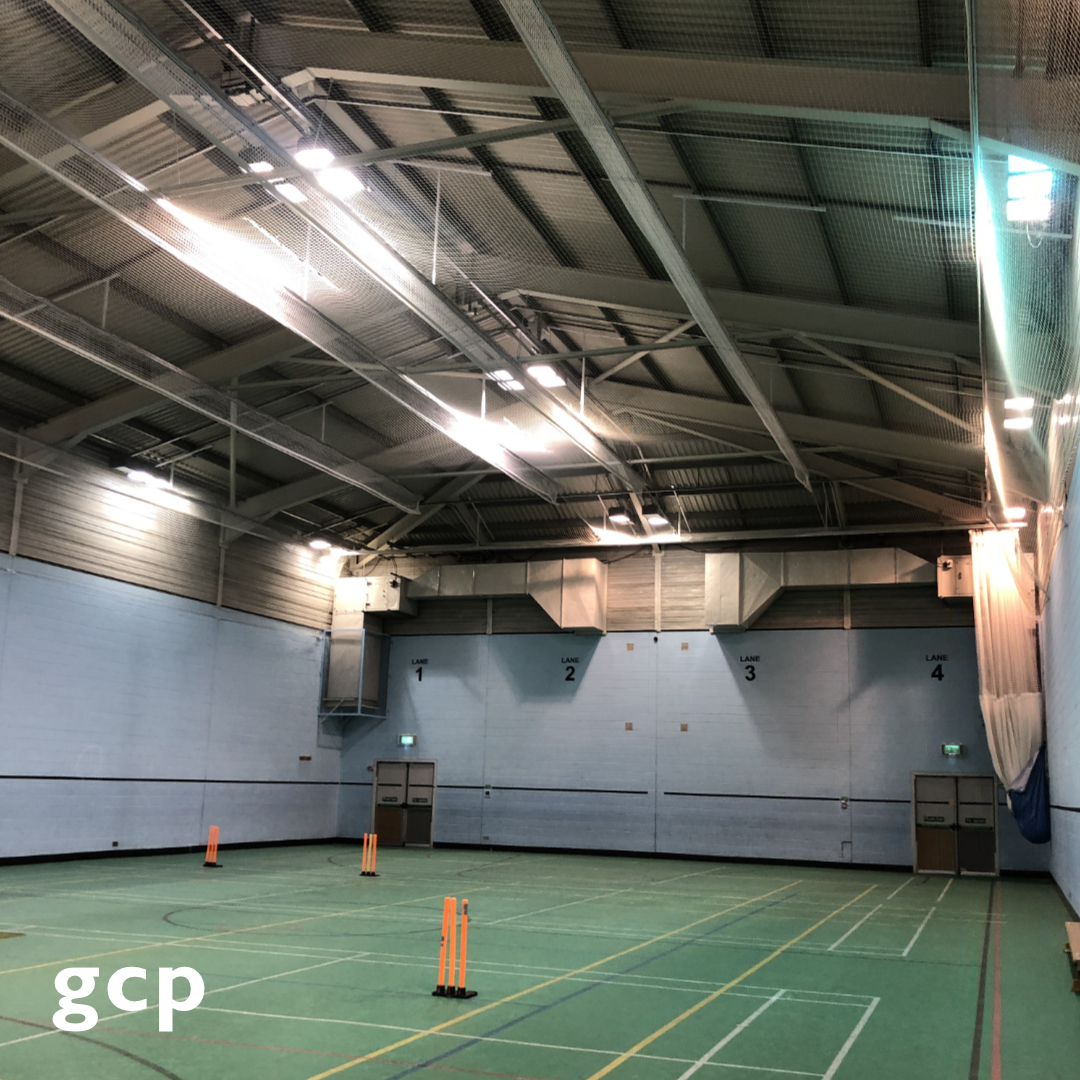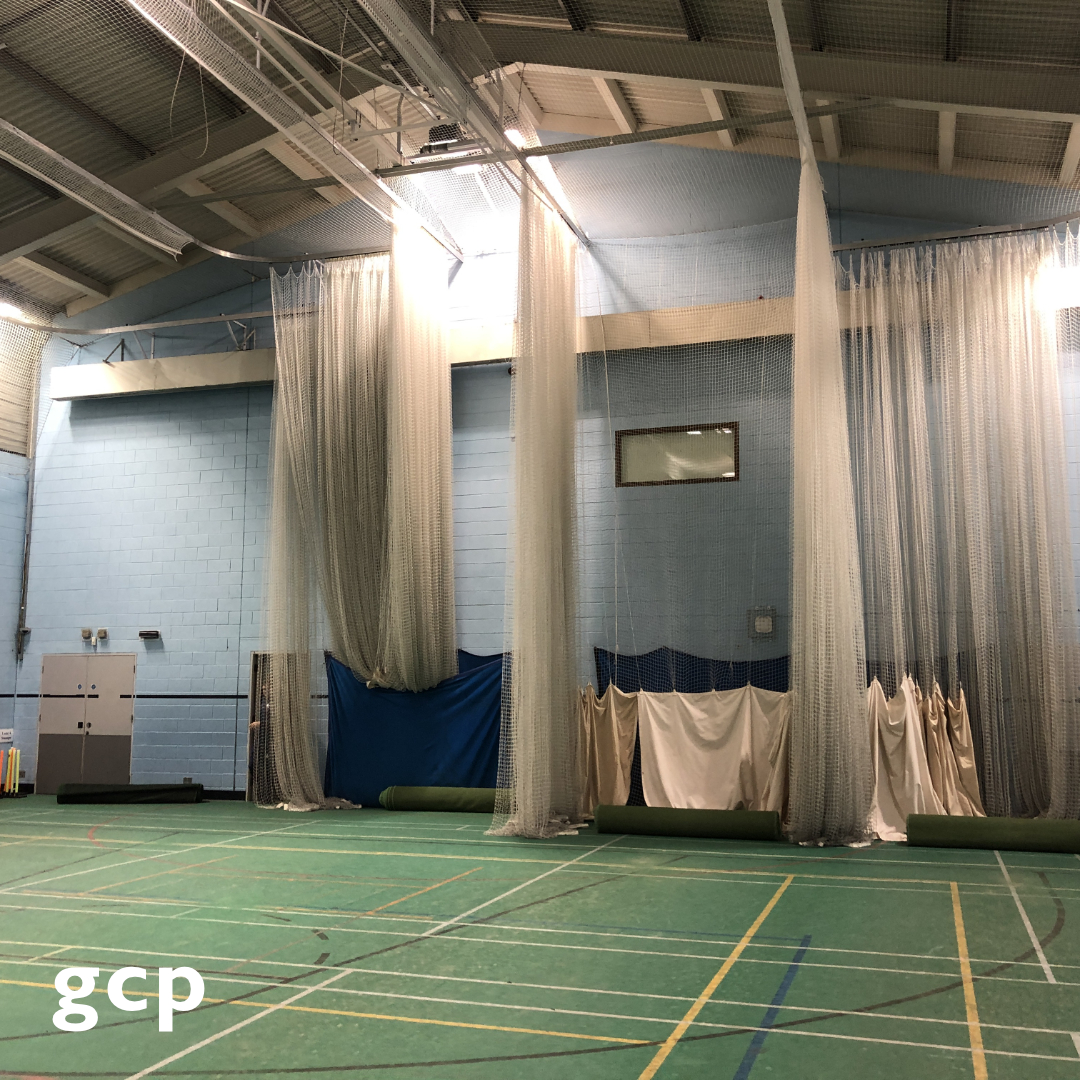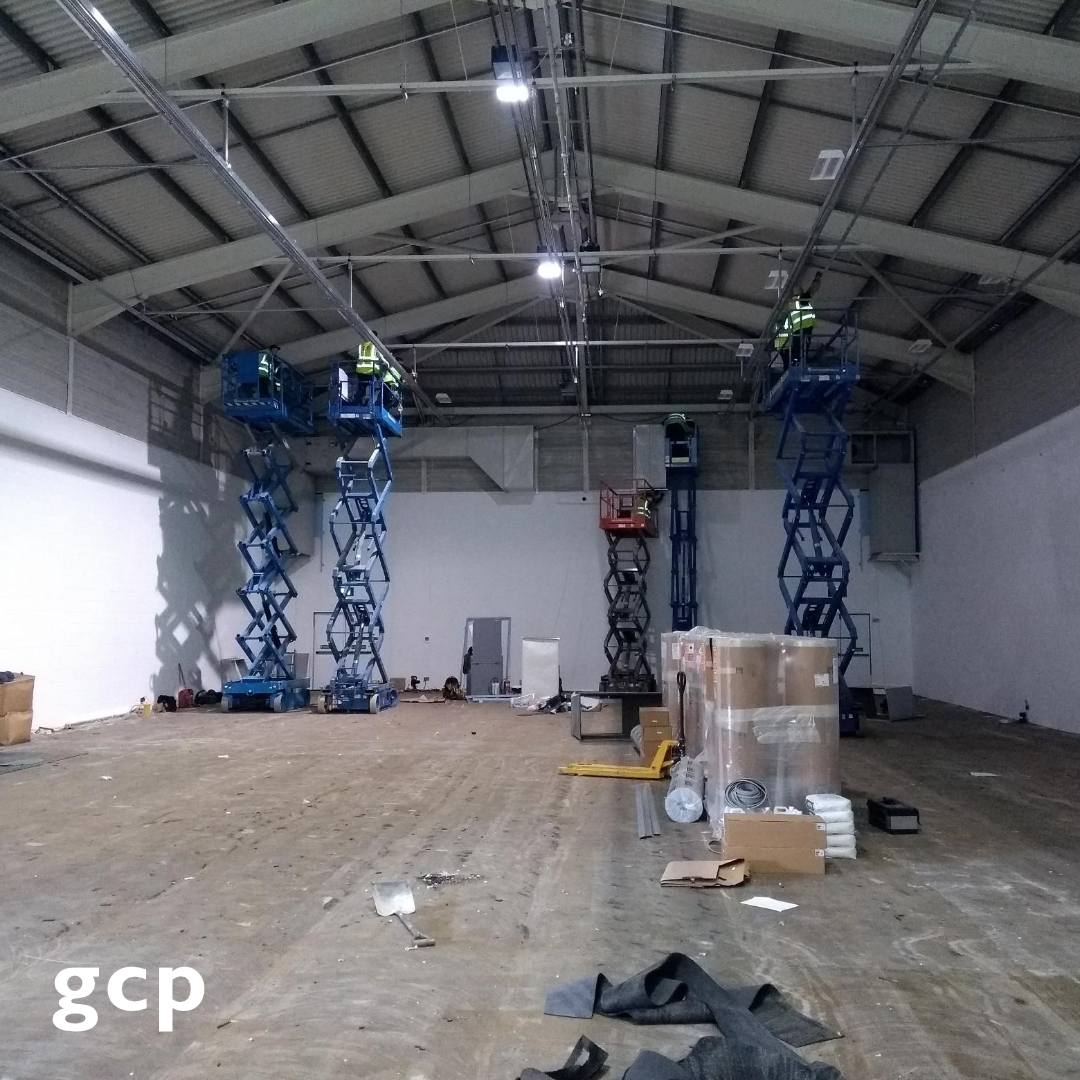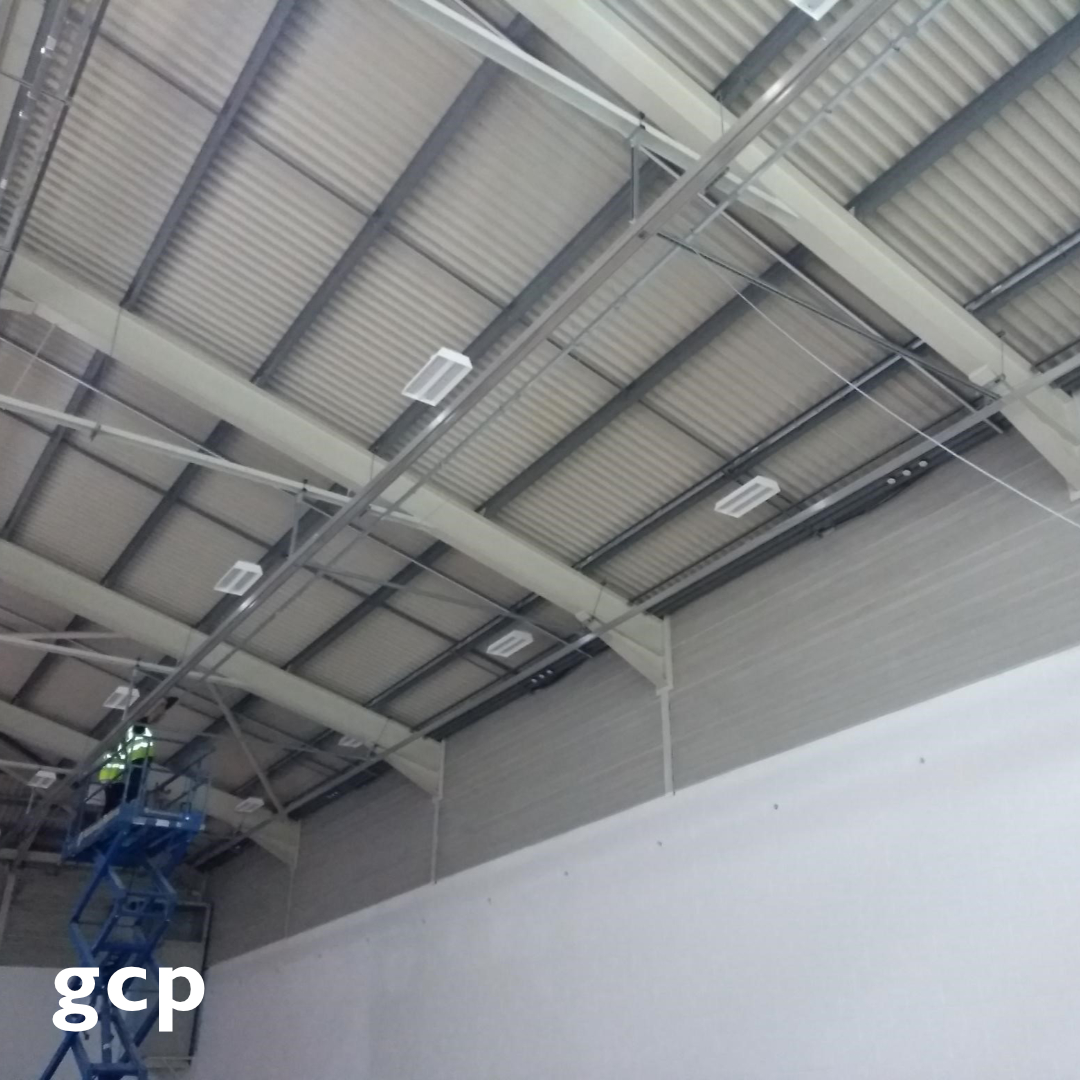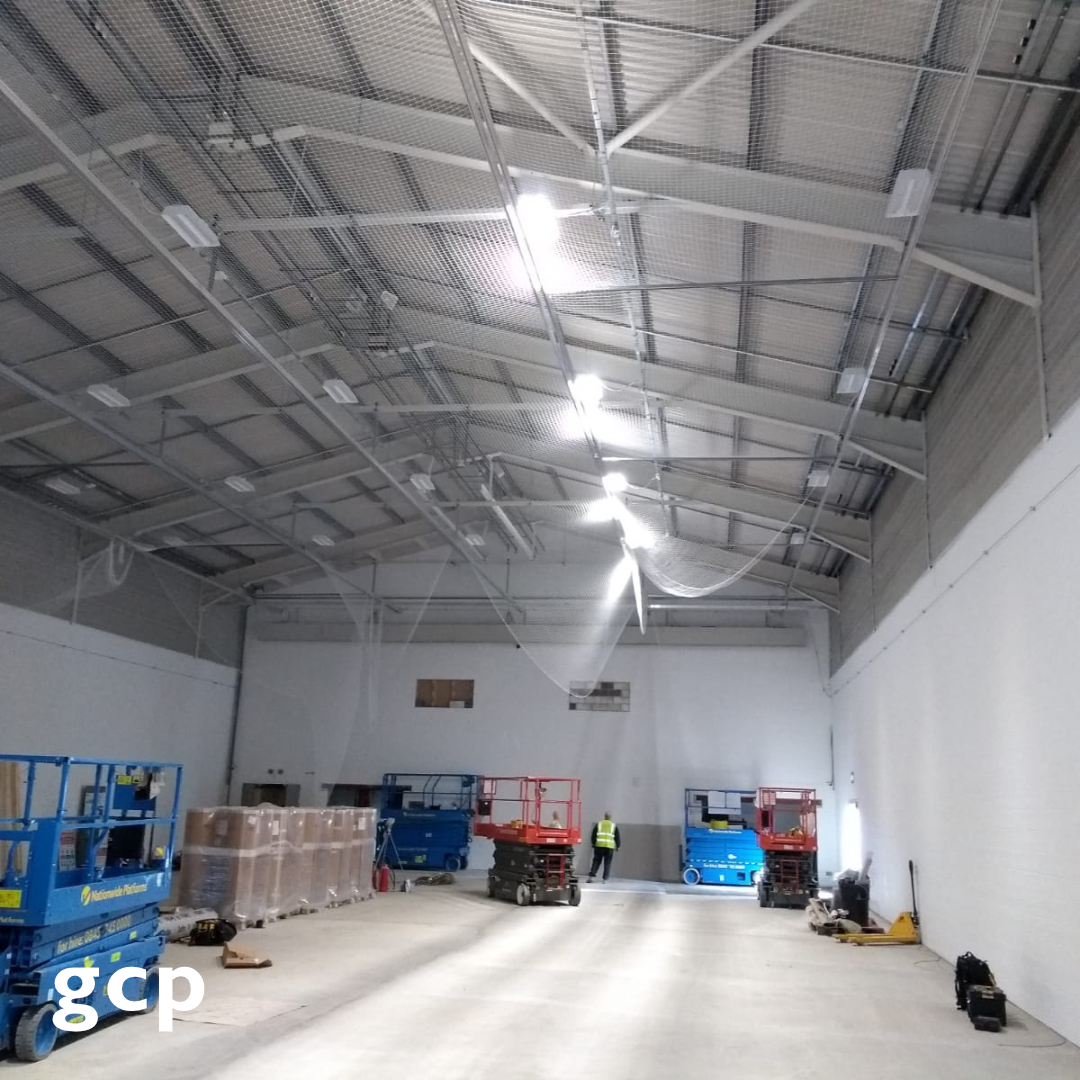Making cricket facilities accessible: 3 things we have learnt
Accessibility and inclusivity are fundamental requirements for the ECB when developing any new or refurbished facilities. In 2019 the ECB launched their Inspiring Generations (2020-2024) strategy which looked to deliver on six objectives:
· Grow and nurture the core
· Inspire through elite teams
· Make cricket accessible
· Engage children and young people
· Transform women’s and girls’ cricket
· Support our communities
Urban Cricket Centres (UCC) provide a unique opportunity to deliver on many of these objectives, but to fully reap the benefit of these high aspirations, due consideration should be taken at an early design stage.
For the first UCC in Leyton, East London, achieving any accessibility goals were particularly challenging due to the nature of the existing buildings. Through careful planning, we managed to reimagine the existing buildings to provide; a range of improvements including a range of accessible gender neutral changing spaces for individuals, small groups and teams; lift access to a first-floor viewing area which now includes Perspex panels to allow for uninterrupted views from a wheelchair, a dedicated faith room, and step free access around the entire facility. Elsewhere on the site two further changing rooms were refurbished to provide flexible changing for the outdoor cricket / football pitches as well as introducing new referee and accessible changing facilities again with step free access to make the whole site fully accessible.
Working on the design stage of the second UCC in Bradford even more scope for inclusivity was available to the design team as the scheme needed a new entrance and circulation routes for the centre. Through collaboration with Jane Simpson Access at scheme design stage, the project provides first class accessibility through having: accessible WCs on every level, providing dedicated accessible changing, improving the existing changing to allow for ambulant WCs and showers, increasing the size of circulation routes and sizing the lift to accommodate sports wheelchairs, and providing additional accessible parking spaces and ensuing step free access to the facility.
Refurbishing existing buildings to improve accessibility comes with its challenges, but these changes are fundamental to creating Urban Cricket Centres which truly serve all of their communities. The top three things learnt from these projects are:
1. Ensure accessibility is fully discussed by key stakeholders and is integral to the client briefing stage
2. Engage an appropriately qualified access consultant as part of the design team early in the development process
3. Ensure the true cost of the access improvements are picked up in the cost planning process, and provide the client with specific cost advice on the access enhancement as they might be able to attract specific funding for features that go beyond the minimum requirement of the Building Regulations
To further support the design and management of cricket facilities, the ECB has created a suite of documents including a guide, survey form and facility check list as part of their drive to Create Welcoming Environments. These guides are equally applicable to any sports facility.








